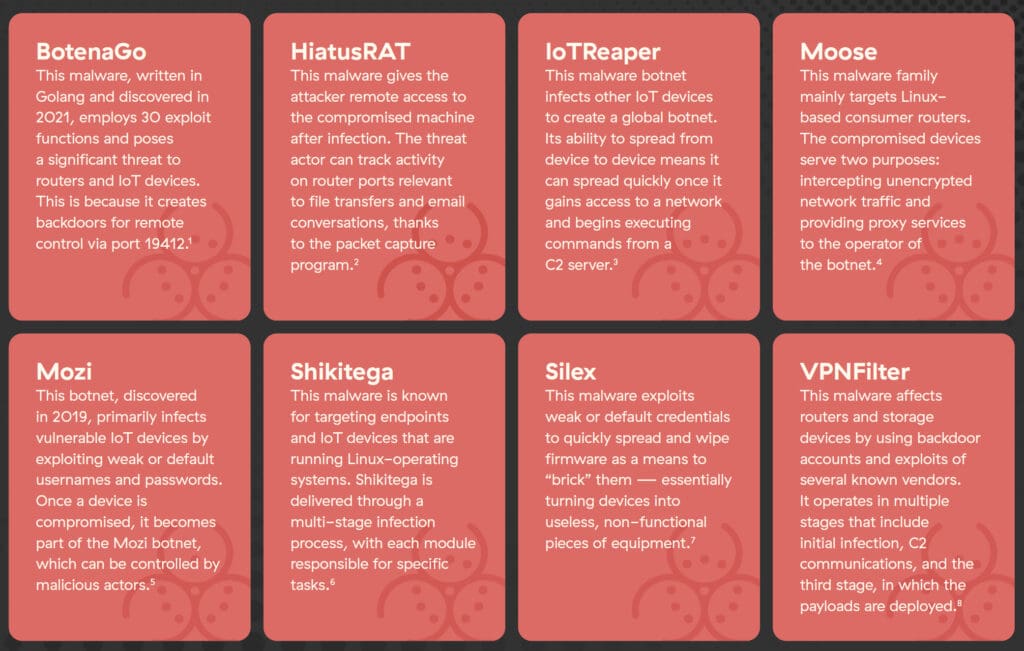Manufacturing sector top target for ransomware attacks last year

The UK’s manufacturing sector is the prime target for ransomware attacks, according to data from Palo Alto Networks’ threat intelligence arm, Unit 42, seen by City A.M.
In 2023, manufacturers bore the brunt of ransomware assaults, accounting for 17.2 per cent of all attacks recorded in the UK, totalling 45 incidents.
They are particularly at risk due to their low tolerance for operational disruption, which can negatively impact production, cyber security company Palo Alto said.
With only one fewer incident last year, professional and legal services followed closely behind, suffering 16.9 per cent of ransomware attacks, as cyber criminals targeted sensitive data.
In 2023, the first year the study has been conducted, 261 ransomware attacks targeted UK organisations.
The UK’s technology and education sectors both experienced 8.4 per cent of attacks.
A ransomware attack is when hackers use malicious software to encrypt files or systems, demanding payment, often in cryptocurrency, for their release. The impact on businesses can include loss of data, reputational damage, regulatory penalties and higher insurance premiums.
Palo Alto Networks recently released a separate report, revealing that the frequency of cyber assaults on UK companies has surged, with attacks occurring on a monthly, weekly, and even daily basis for 76 per cent of respondents.
Amid the rise, regulatory pressure is mounting on companies, particularly in critical infrastructure sectors, to enhance their cyber security measures.
For example, the Product Security and Telecommunications Infrastructure (PSTI) Act is coming into force on 29 April. It will require manufacturers of internet-connected or ‘smart’ products to ensure they meet minimum security requirements, protecting consumers.





